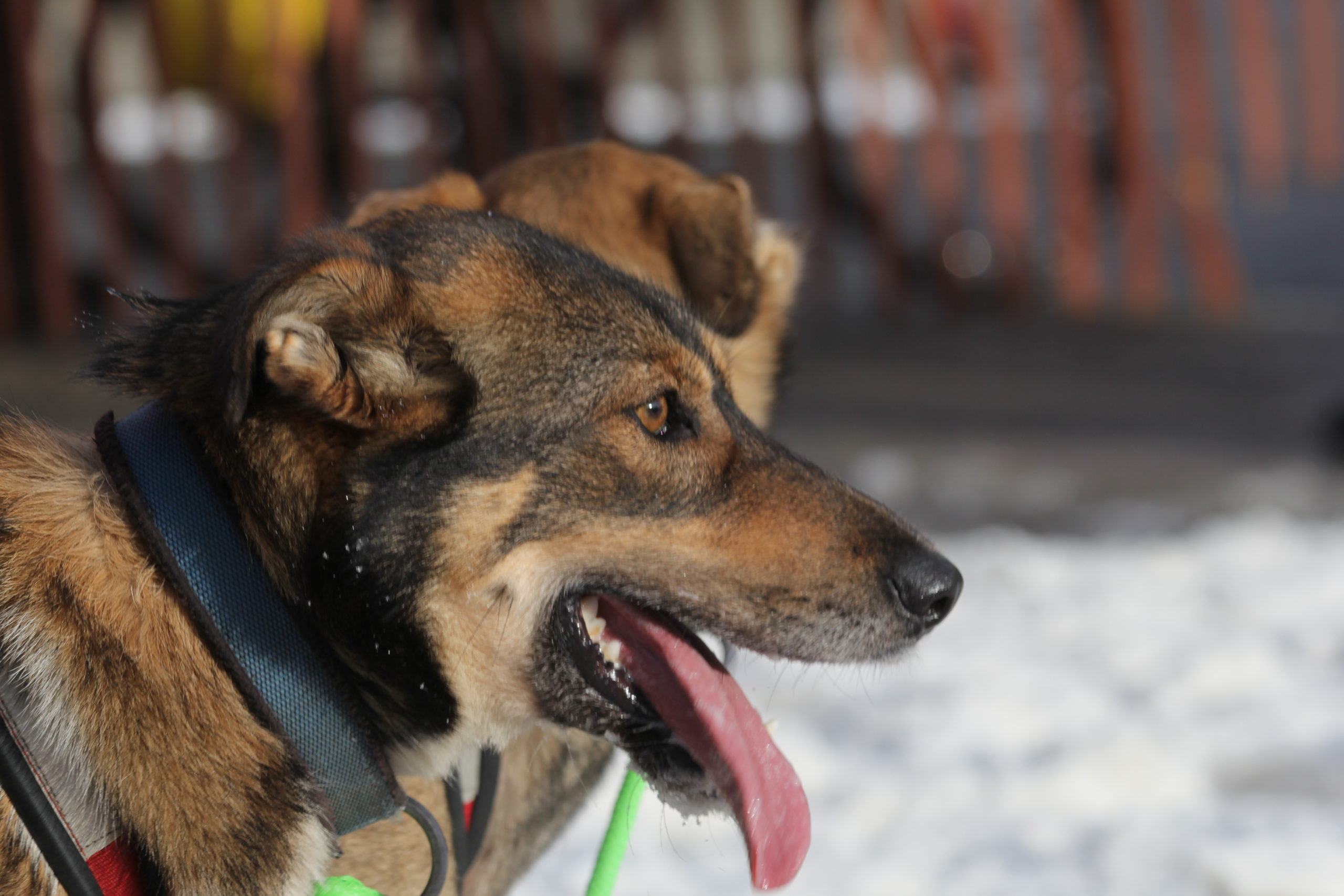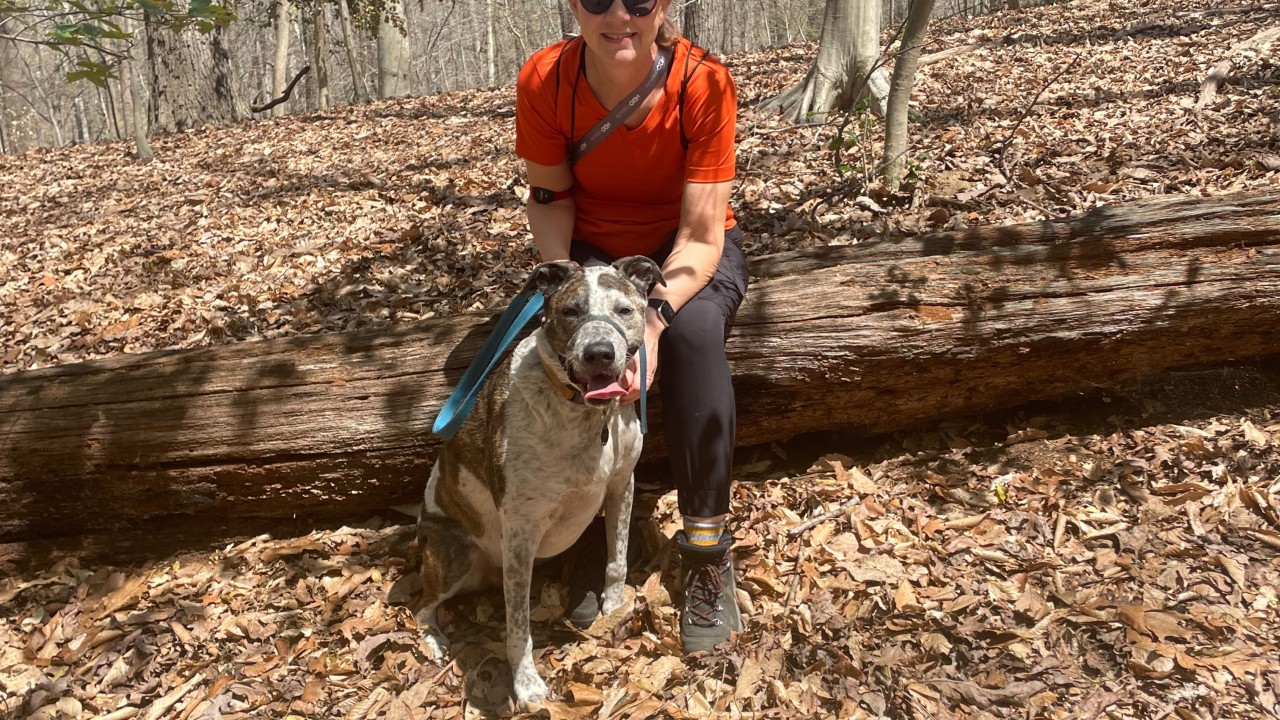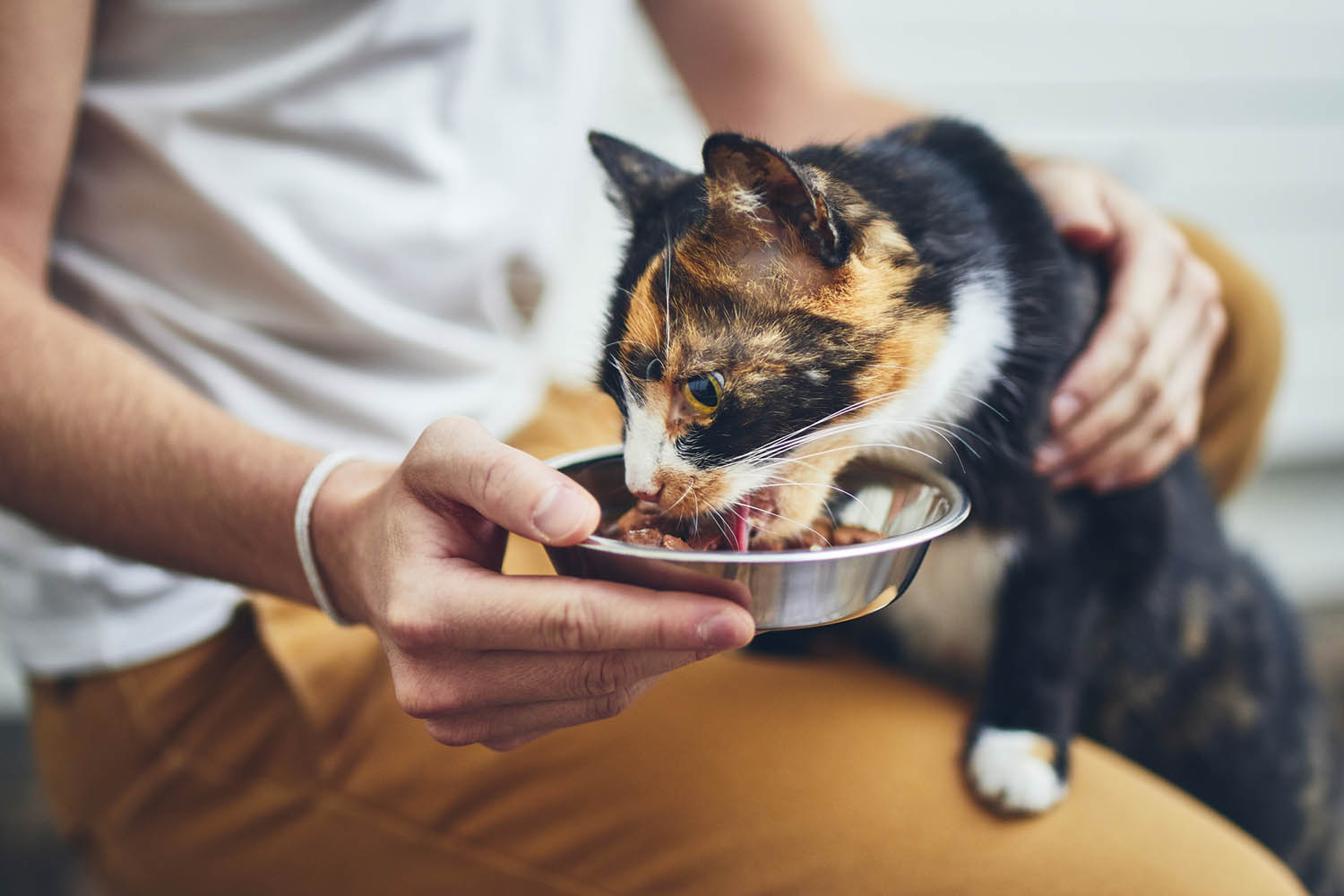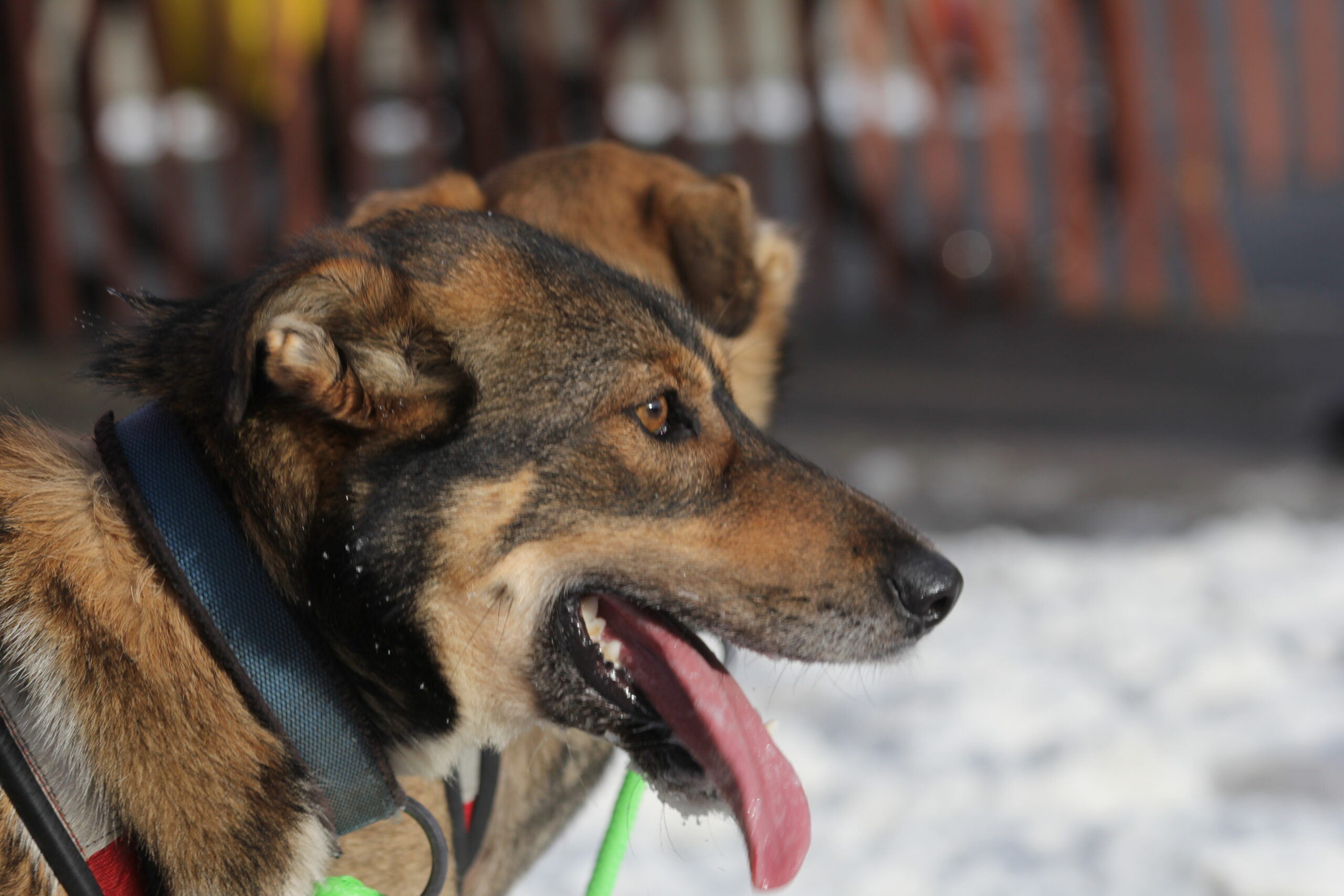 Every year in early March since 1973, about 50 mushers and 1,000 dogs participate in what is known as the Last Great Race on Earth—the Iditarod. Over 8-15 days, the dogs cover 1,000 miles of Alaskan territory, all the way from Anchorage to Nome.
Every year in early March since 1973, about 50 mushers and 1,000 dogs participate in what is known as the Last Great Race on Earth—the Iditarod. Over 8-15 days, the dogs cover 1,000 miles of Alaskan territory, all the way from Anchorage to Nome.
For the past six years, Ft. Worth, Texas-based veterinarian Dr. Tonya Stephens has volunteered to provide veterinary services for the canine athletes participating in the Iditarod. She focuses on keeping dogs healthy and happy, including ensuring there are no serious complications preventing the dogs from completing the race and monitoring conditions that develop on the trail that could adversely affect dogs’ performance.
Like for human athletes, eating a balanced and energy-dense diet is extremely important for Iditarod sled dogs. Soon after she returned from the 2019 event, the Pet Food Institute chatted with Dr. Stephens about what sled dogs eat, how mushers and vets keep dogs healthy on the trail, and about the role nutrition plays in ensuring the dogs are at peak health and condition.
PFI: What and how much do Iditarod sled dogs eat and drink?
Dr. Stephens: Unlike our pets at home, sled dogs have extremely high energy needs and typically require 15,000 kcal daily for fuel and to maintain body condition throughout the race. These athletes receive a combination of dry kibble specially designed for their significantly increased demand, as well as added protein. Many meals are offered as “soups,” which are heated, water-and-kibble-based combinations. This encourages water consumption while supplying much-needed nutrients.
Dogs in the race can ingest snow along the trail, as well. This is called “snow dipping” and is more prevalent in the warmer races, during which the temperature is at the freezing point or just above. Many mushers will also offer free choice water at checkpoints or melt snow on the trail.
There are checkpoints throughout the race that have previously-planned drops of food (kibble, frozen meat and other additives) to feed there and/or resupply for the miles between checkpoints.
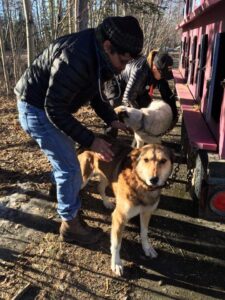 PFI: Why is it so important that dogs participating in the race eat a healthy diet?
PFI: Why is it so important that dogs participating in the race eat a healthy diet?
Dr. Stephens: 15,000 kcal daily is a massive caloric requirement that is difficult to provide, much less replenish, if for any reason a racer misses a meal. Providing all the nutrients required in as small a package as possible is needed for competition; thus, the inclusion of kibble designed just for these athletes is the optimal way to achieve this goal. Without kibble, the amount of other dietary products required to achieve 15,000 kcal would be so vast that the amount of time to digest, and the abdominal distention associated, would result in other complications that would prevent the team from being able to complete.
PFI: How is the diet of dogs participating in the Iditarod different from that of normal dogs?
Dr. Stephens: The diet that sled dogs receive is quite unique due to their extremely high level of activity! If you fed an Iditarod diet to most dogs, they would either develop severe diarrhea and/or become morbidly obese quickly, given the high protein, fat and overall caloric intake. Iditarod canine athletes run up to 100 miles per day, while a normal pet will run an average of 3-5 miles per day. With the significant difference in activity, there obviously would be serious ramifications to feeding a “normal” diet to a racing sled dog or performance diet to a pet that isn’t as active.
 Tell us what happens during veterinary check-ups for Iditarod sled dogs.
Tell us what happens during veterinary check-ups for Iditarod sled dogs.
Dr. Stephens: Health of the dogs is the number one priority during the Iditarod, and a team of veterinarians works to provide dog care for each participant before and during the race. A month before the race, all dogs that are selected by the musher (up to 24) undergo an electrocardiogram (ECG) and screening blood work. The results are reviewed by a boarded cardiologist and an internal medicine specialist. This ensures all athletes are clear of any obvious preexisting conditions that could compromise their ability to compete.
Within 10 days of the ceremonial start in Anchorage, all 14 dogs selected for the final team receive a comprehensive physical exam by a veterinarian either at the pre-race vet check-in in Willow, Alaska, and/or by their personal veterinarian. All dogs are microchipped so they may be tracked from pre-race to finishing under the Burled Arch in Nome.
During the race, each team is offered a complete physical exam at each checkpoint. Depending on the musher’s run/race strategy, a musher may elect to have all dogs checked, or may bypass the checkpoint completely. Most mushers will stop in each checkpoint long enough for a brief exam to be conducted.
There are mandatory 8-24-hour long stops required throughout the race. During those stops, complete physical exams are conducted by the veterinarians. Most veterinarians on the trail come from either surgical and/or emergency and critical care practices. Due to our daily exposure to orthopedic and emergency cases, we are comfortable with the common issues faced by these canine athletes on the trail. We work with the mushers to resolve any concerns and are there to offer support to any dog that may require more intensive medical management.
 About Dr. Tonya Stephens, DVM, MS, PHD
About Dr. Tonya Stephens, DVM, MS, PHD
Dr. Tonya Stephens attended Texas A&M University, completing an undergraduate degree in animal science and Master of Science in exercise physiology. During her time at TAMU, she also completed an externship at the British Horseracing Authority (British equivalent to the American Jockey Club). She then attended the University of Florida, where she completed her Ph.D. and lectured in nutrition and exercise physiology. A passion for research led her to pursue a DVM. While in veterinary school, she was introduced to and instructed by Dr. Huisheng “Shen” Xie in traditional Chinese Medicine. Based on the research conducted at U of F and outcomes from cases treated in this manner, she completed practical and coursework to become a Certified Veterinary Acupuncturist. Upon returning to Texas, she completed her studies in alternative therapies with Parker University becoming American Veterinary Chiropractic Association certified. Dr. Stephens is currently the Tarrant County Veterinary Medical Association president and volunteers each year for the Iditarod.
